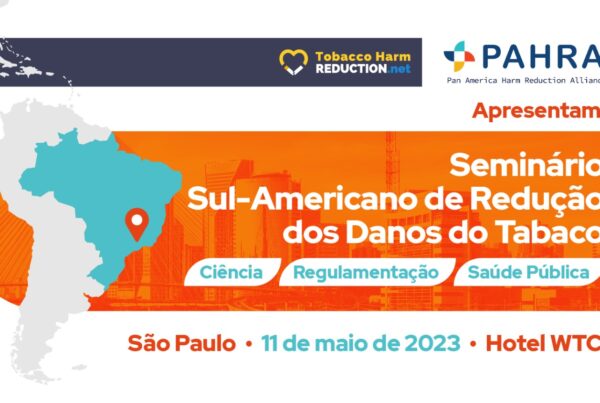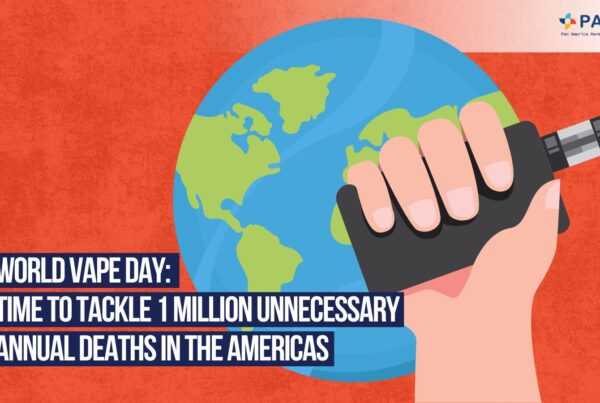
Finding the Truth Behind the Misinformation Surrounding Flavoured Vapes and their Restrictions
Over the past years, many American states, including California, New York and Massachusetts, have enforced restrictions and bans on flavours in e-cigarettes. The presented reasonings for these limitations range from concern for the youth to the (mis-)association of diacetyl with popcorn lungs. However, what is often importantly left out of the conversation are the benefits that flavoured vapes bring to their target audience – current and former smokers.
In a report titled “The Case for Flavours in Tobacco Harm Reduction To Save Lives,” Dr Konstantinos Farsalinos proves that flavours are a crucial component of effective tobacco harm reduction strategies as they play a significant role in mobilising smokers towards alternative products. Flavours are also important in helping smokers maintain their switch to e-cigarettes instead of reverting to combustible cigarettes. In a cited US study on flavours, Dr Farsalinos found that non-tobacco flavours were ‘very popular among former smokers who were using e-cigarettes at the time of smoking cessation’ and that ‘fruit and dessert/ pastry/bakery flavours were also considered particularly important in their effort to quit smoking and to prevent relapse to smoking.’ Without a variety of appealing flavours, smokers may be less inclined to switch to less harmful products, undermining the potential public health benefits of a ban.
Similarly, when considering public health benefits, the report importantly notes that 480,000 people in the United States die annually from smoking-related diseases. With these many lives on the line, a switch to reduced-risk alternatives is crucial and anything assisting that switch should be acknowledged. Calculations by Professor David Levy find that ‘if all adult smokers in the USA were to switch to nicotine vaping products, from 2013 to 2060, a staggering 1,8 million deaths would be avoided, and 38,9 million life years saved.’ The report, supported by a wealth of research, advocates for policy considerations that recognise and harness the benefits of flavours in tobacco harm reduction.
While youth access is often used as a justification for restrictions, the report shares how:
“Population-level evidence shows that vaping functions as a diversion from smoking for young people in the United States. This is consistent with observed US adolescent population trends. Policies that reduce adolescent vaping will likely reduce the impact of a diversionary effect and so cause a relative increase in smoking and harm.”
Therefore, instead of removing access entirely as a response to youth use, Dr. Farsalinos and other harm reduction advocates recommend a balanced and risk-proportionate response. Such a policy response protects the youth by limiting their access while providing adult smokers with effective tools to quit smoking and, thereby, significantly reducing smoking-related diseases and deaths.
Tags
Popular Posts
Quick Links
Related Posts
 Paradigm Shift Needed In Pan America’s Approach to End Smoking
Paradigm Shift Needed In Pan America’s Approach to End Smoking
Paradigm Shift Needed In Pan America’s Approach to End Smoking
 Tobacco Harm Reduction Seminar in Brazil
Tobacco Harm Reduction Seminar in Brazil
Tobacco Harm Reduction Seminar in Brazil
 Systematic Review of Vaping Flavours | Dr. Konstantinos Farsalinos
Systematic Review of Vaping Flavours | Dr. Konstantinos Farsalinos





